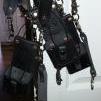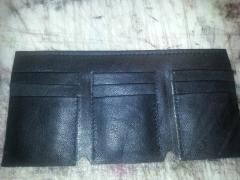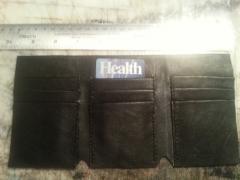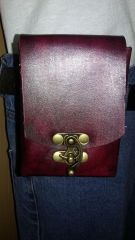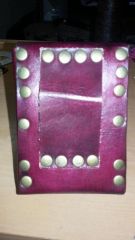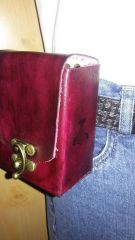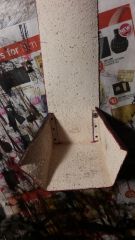-
Posts
1,229 -
Joined
-
Last visited
Content Type
Profiles
Forums
Events
Blogs
Gallery
Everything posted by Halitech
-
you would think with all the complaining about the upgrade that people were loosing millions of dollars a day by not being able to access the site or see images. Come on people, it's a free site with the combined knowledge of probably a thousand years and we get it for free. Give the staff a break and let them fix the issues. I'm sure it will be better then before.
- Show previous comments 4 more
-

Everything's looking great...nice polish on the site

-
Thank you folks! Have a few issues I'm still working on, but overall I think we've made some big improvements. Happy Easter everyone!

-
Johanna, this is already so much nicer than before and I'm confident that you will be able to connect the remaining dots. There will always be the odd person complaining, but again, I'm very happy about the new software and design. It runs a lot smoother and it is more convenient.
People may have to understand that this forum, with over 60,000 members is probably the biggest forum for leatherworkers and it is impossible to think about everything with such a huge operation. And as Hali said, it's free. For heaven's sake - people take it as such.
-
Think most of us can pick up a few pointers from this http://www.creativeincomeblog.com/mistakes-avoid-craft-fair/



